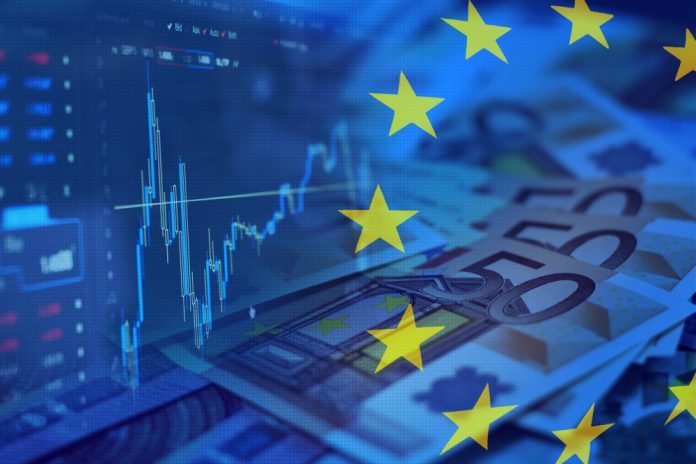Dr Tobias Lechtenfeld, a key member of the Energy Resilience Leadership Group (ERLG), and Executive Director of Tech for Net Zero, discusses how Europe must respond to the Draghi report by leveraging private capital to achieve net zero.
In this article, Lechtenfeld covers how Europe’s private capital can be mobilised to drive investment by de-risking large-scale projects and creating incentives for investors, as well as the need for financial organisations and governments to enable Europe’s market strengths to deliver on the vast potential of its green and digital economies.
Mario Draghi’s comprehensive 400-page report is nothing short of an intellectual tour de force. It dissects the complex socio-economic challenges Europe faces while offering a bold vision for transformation. Central to his thesis is the need for an astounding €800 billion in annual investments to meet the EU’s 2030 targets for jobs, industrial modernisation, and climate goals. But here’s the fundamental question: where will the money come from?
Let’s be clear on one point—public funding alone won’t suffice. Europe’s ambitions will require much more than simply increasing EU budgets or piling on common debt. We need to focus on mobilising the vast, untapped reservoir of private wealth that is lying dormant across the continent. Europe, after all, holds trillions in private capital, and Draghi’s recommendations are a clarion call for smarter, more strategic use of these resources.
What won’t work: More public spending and debt
The suggestion by the Draghi report that Brussels should manage €800 billion annually in new investments is misguided.
Millions of climate fund misuse by member states underscore the point: the public sector should not act as a private investor.
Excessive public borrowing is not the answer. Ballooning national debts would strain European economies, already facing inflationary pressures and the fiscal legacy of pandemic recovery measures. Simply pouring billions more into public coffers will not automatically drive the market-led growth and innovation required to maintain Europe’s competitiveness in the green and digital transitions.
What will work: Mobilising private wealth
Europe needs to deploy its deep pools of private wealth. A smart industrial policy must be built around levering private investment, ensuring capital flows toward industries and sectors that are crucial for Europe’s future. This is about actively building a high-value investment case for private capital, rather than merely filling gaps in public funding. Private investors must have clear incentives and a stable regulatory framework to commit their money to long-term projects.
This is where Brussels has to focus its energy— becoming the vehicle to de-risk large-scale investments by understanding the dynamics of the financial markets. De-risking mechanisms (such as project guarantees, blended finance tools, and other forms of underwriting) can unlock private capital and significant leverage ratios, multiplying every euro of public money many times over.
Draghi’s call for a robust financial architecture is crucial. The European Investment Bank (EIB) and national promotional banks already play a pivotal role here, acting as intermediaries that de-risk investments through guarantees, insurance, and other financial instruments. They need to have the capital and space on their balance sheets to do more. The success of such tools is showcased by the success of programs such as the InvestEU fund, which should be further expanded.
Why regulation is key
Across the continent, thousands of entrepreneurs are developing groundbreaking solutions in renewable energy, sustainable materials, and digital transformation. Yet many of these innovators struggle to scale up due to fragmented regulations at both the EU and member state levels. Europe has the expertise, talent, and drive to lead in these areas—what it lacks is a joined-up regulatory environment that fully supports rapid growth and global competitiveness at the EU scale.
A market-led future for Europe
The central takeaway from Draghi’s report is this: Europe’s future lies not in a bigger EU budget or more centralised control but in the strength of its rules-based market economy. The European Commission must shift its focus away from directing public funds and toward creating European-scale markets for net-zero products, allowing private capital to be deployed efficiently and at scale.
By building on Europe’s entrepreneurial spirit, its open financial markets, and its vast private wealth, we can create a virtuous circle of investment and innovation that accelerates our progress toward the 2030 goals. The Commission cannot act as the sole financier, but it can be a strategic enabler.
Mario Draghi’s report should be characterised as a roadmap to build on Europe’s market strengths, not as a mere call for more investment. It’s a bold vision that requires Brussels to think less about top-down solutions and more about enabling the private sector to lead.
Draghi has presented a plan to ensure that Europe can not only transform its economy but thrive. The EU needs to own this report and deliver on its recommendations.









